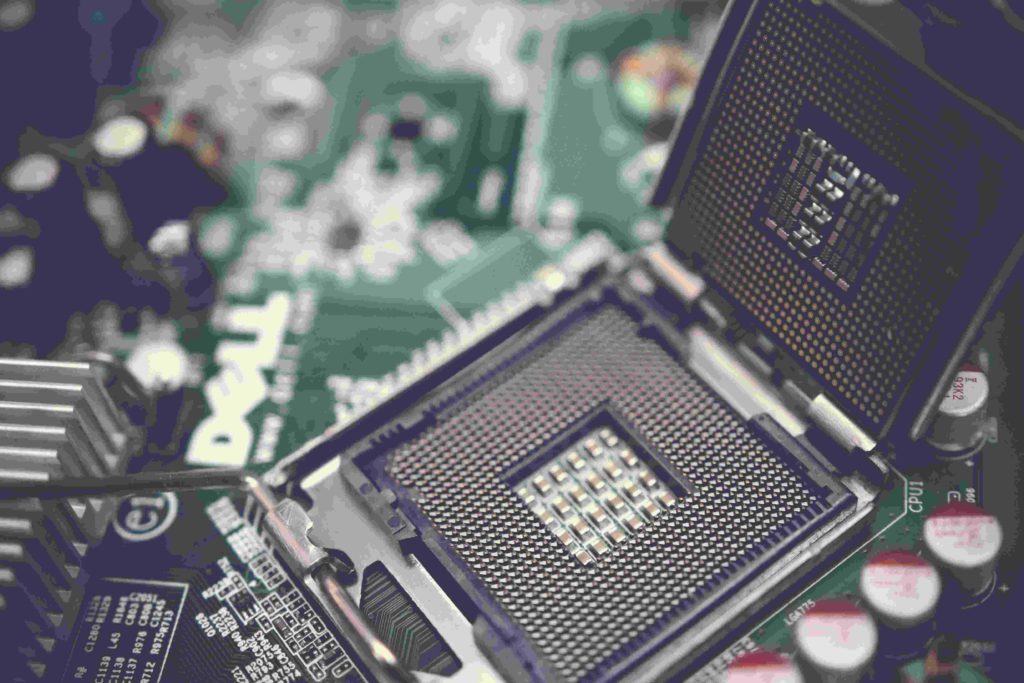Machine Vision in Smart Parking: How does it help?
There are 1.2 billion vehicles on the world’s roads as of today, with almost 300 million in India alone (Statista). In a country with one of the largest road networks, ample parking is an enormous challenge. Drivers end up spending a considerable amount of time scouting for vacant parking spaces, especially in busier areas within a city. Looking for empty parking bays is a major reason behind traffic congestion. Therefore, smart parking solutions are bound to become a reality as we step into the future. Read more about machine vision in smart parking.

How Does Smart Parking Work?
Smart parking solutions detect empty parking bays and relay data to drivers looking for a spot in real-time. This technology uses the Internet of Things (IoT) to solve parking-related issues. However, IoT sensors cannot scan car license plates, which is a fundamental requirement before vehicles enter a parking space. Hence, authorities require machine vision to create automated parking systems effectively. With the help of machine vision in smart parking, drivers can find vacant spots easily.
What Is Machine Vision and How Does It Help in Parking?
Machine vision provides imaging-based inspection and analysis for several applications, including smart parking. This technology uses a combination of hardware and software solutions that act as the eyes of any automated system.
When it comes to parking, authorities can use this application by installing a system of surveillance cameras in parking lots. These cameras can collect information on parked cars and empty parking bays. Machine vision is also useful for scanning license plates and car models. This feature can help detect violations as well as investigate car thefts.
Applications: Machine Vision in Smart Parking
There are three main areas of parking where machine vision can contribute and improve the process. They are:
1. Mapping parking bay activity
With the help of a system of connected cameras, machine vision can monitor the duration and number of cars parked in parking bays inside or even outside a lot. Municipalities can install machine vision on light poles, meaning this network of cameras requires no new infrastructure to set up.
This technology helps create a data inventory based on car models, names, and other parking activities. The data collected in this inventory is updated in real-time using machine vision and can be used by drivers to locate an empty parking spot through a mobile app. What’s more, machine vision can prioritize searching for vacant parking spaces for people with disabilities.
2. Processing payments
Since machine vision knows the parking duration of a car inside a lot, it can automatically process payments. This technology can also implement dynamic pricing. With the help of dynamic pricing, authorities can increase or decrease parking rates based on specific days, time slots, or events. Doing this can help parking lot owners and municipalities increase revenues and reduce traffic congestion by hiking prices.
3. Improving urban parking infrastructure
Along with collecting information about parking availability, machine vision in smart parking also reveals location-wise parking trends. Such data can help authorities map geographies within an area that requires more parking spaces. Alternatively, this technology can also map areas that need fewer parking spaces. Knowing this would free up land that can be used for the greater public good.
Final Thoughts
In a nutshell, smart parking uses machine vision or a computer’s ability to see, to reduce traffic congestion, and address slot availability in real-time. This intelligent solution can further improve urban planning and help us achieve the goal of fully realized smart cities.

